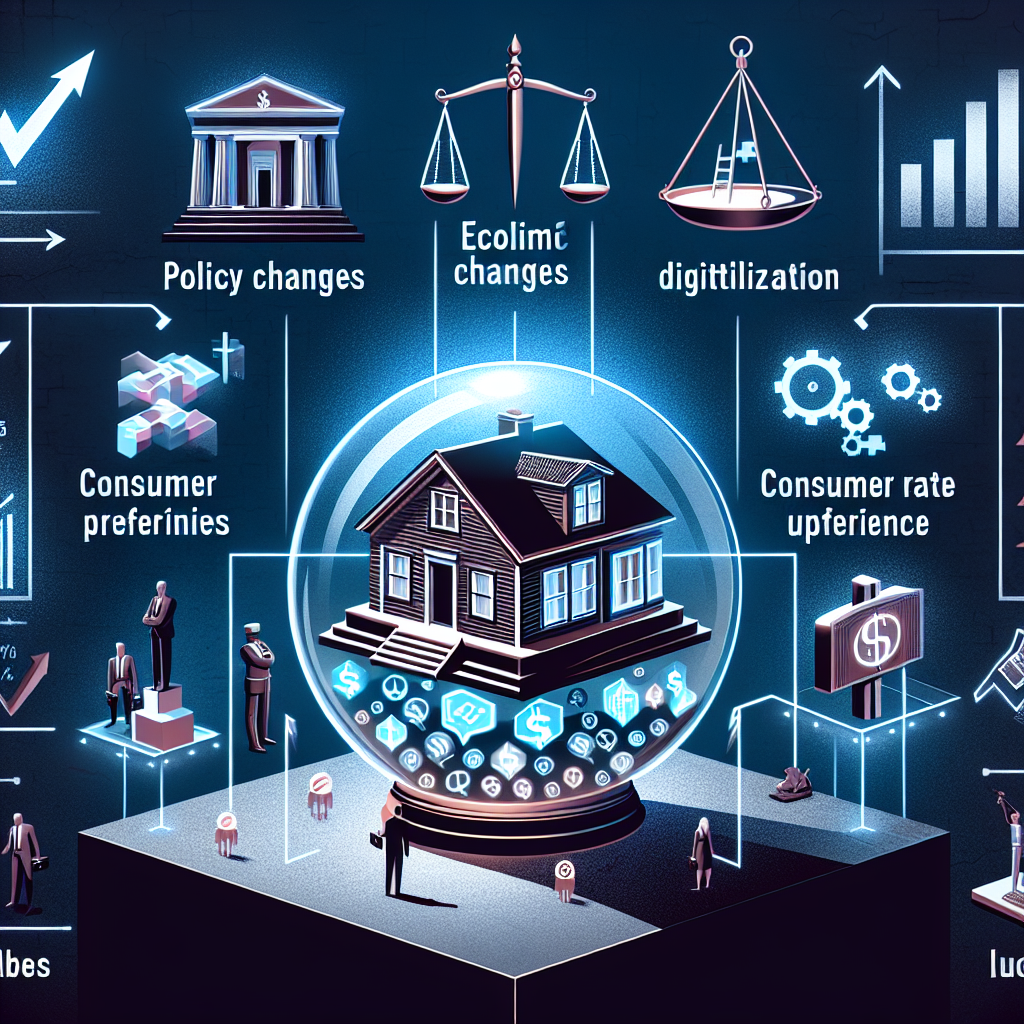It’s said everything goes up—and financial fraud is no exception.
One dollar of fraud, cost lenders $3.05 in 2018, compared to just $2.82 in 2017, an 8.1 percent increase. Digital lenders, with at least $50 million in annual revenue, are hit hardest by fraud, incurring $3.37 in costs in 2018, compared to just $3.07 in 2017, or about a 10% increase, according to the LexisNexis Fraud Multiplier and the 2018 True Cost of Fraud study on lending from LexisNexis Risk Solutions. The study reflects the views of 186 risk and fraud executives at lending institutions.
"While the rise of digital lending has given the lending industry new methods of reaching consumers, it also has brought unique fraud prevention challenges," said Kimberly Sutherland, senior director, fraud and identity management strategy for LexisNexis Risk Solutions. "Customer identity verification and synthetic identity  fraud are key challenges for lenders, as they seek to reduce the risk of customer friction, while still maintaining rigorous fraud and identity standards. It is crucial that lenders use not just a large number of tools in their fight against fraud, but layer in the right combination of tools."
fraud are key challenges for lenders, as they seek to reduce the risk of customer friction, while still maintaining rigorous fraud and identity standards. It is crucial that lenders use not just a large number of tools in their fight against fraud, but layer in the right combination of tools."
Other key findings from the study include:
- 54 percent of risk and fraud executives at large digital lenders state that verification of customer identity is their largest challenge, especially through the online channel.
- Lending firms that use a multi-layered solution approach experience a lower cost of fraud: $2.63 for every $1, compared with up to $3.47.
- Large digital lenders are more likely to think strategically about the adoption of fraud mitigation solutions, as they face attacks that are more significant.








